The Lasting Impact of the US Army’s Buffalo Rangers
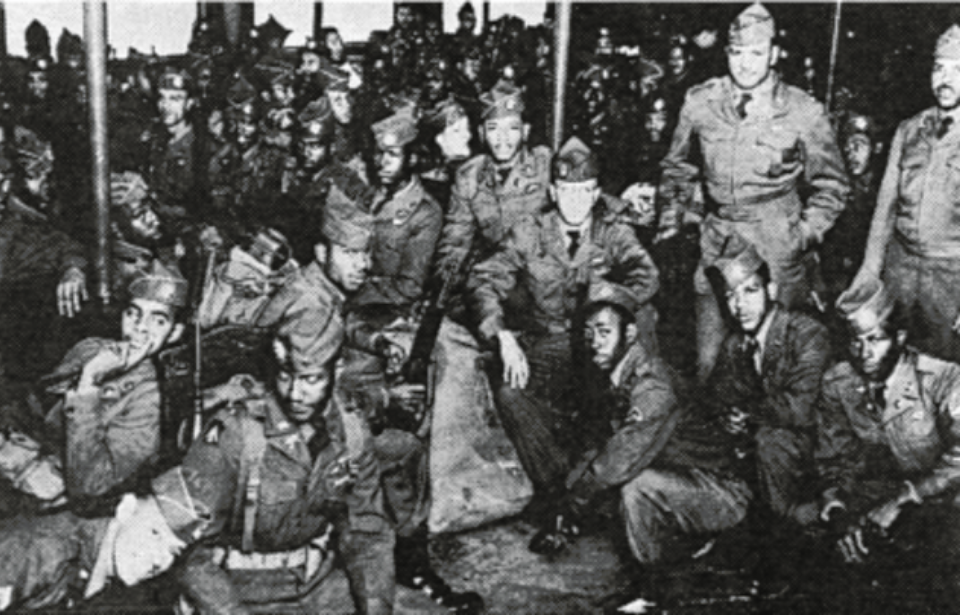
The 2nd Ranger Infantry Company (Airborne) – better known as the Buffalo Rangers – was an elite special operations unit within the US Army. Made up solely of African-American soldiers, it played an integral role in the Korean War, seeing successes during Operation Tomahawk and the holding of Hill 251.
Re-establishment of Ranger companies
Following the conclusion of the Second World War, the US Army disbanded its Ranger companies due to the equipment, training, and specialization needed. When the Korean War broke out in June 1950, discussions began regarding the re-establishment of the companies.
In early August 1950, with the Battle of Pusan Perimeter beginning, the Eighth US Army ordered Lieutenant Colonel John H. McGee, head of the G-3 Operations’ Miscellaneous Division, to create a new experimental Army Ranger unit. He came up with the Eighth Army Ranger Company.
Following its success and the establishment of the Ranger Training Center at Fort Benning, Georgia, additional Ranger companies were ordered.
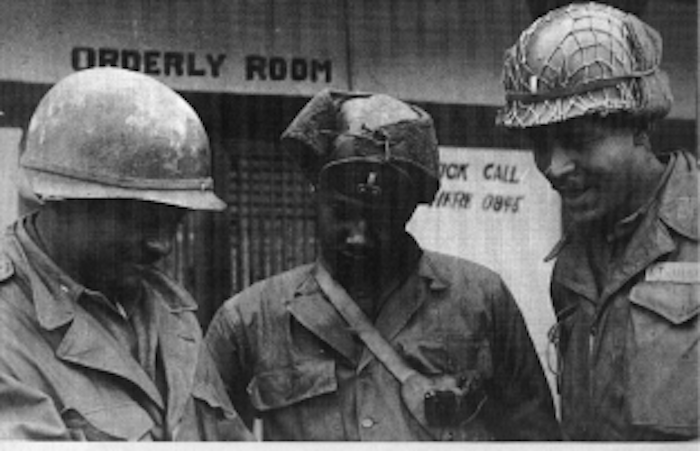
The Army allowed African-Americans to apply to become Rangers for the first time, leading to the creation of the 2nd Ranger Infantry Company (Airborne). It was a Ranger light infantry company trained extensively in airborne warfare, motorized scouting, land navigation, reconnaissance, camouflage, adjusting indirect fire, long-range patrols, and setting up roadblocks.
The company consisted of three heavily-armed platoons, each with two assault squads and one heavy weapons squad. They were equipped with 60MM M2 mortars, M1918 Browning Automatic Rifles, and M20 Super Bazookas, and each was designated one sniper.
Deployment to Korea and Operation Tomahawk
The 2nd Ranger Infantry Company (Airborne) was deployed to South Korea in December 1950 and attached to the 32nd Regimental Combat Team, 7th Infantry Division, X Corps. Once in Korea, they adopted the motto of “Buffalo Rangers,” which US media applied as an homage to the 10th Cavalry Regiment – the Buffalo Soldiers.
During the early days of their deployment, the Rangers conducted reconnaissance patrols along Tanyang Pass, where they encountered troops with the Chinese People’s Volunteer Army (PVA).
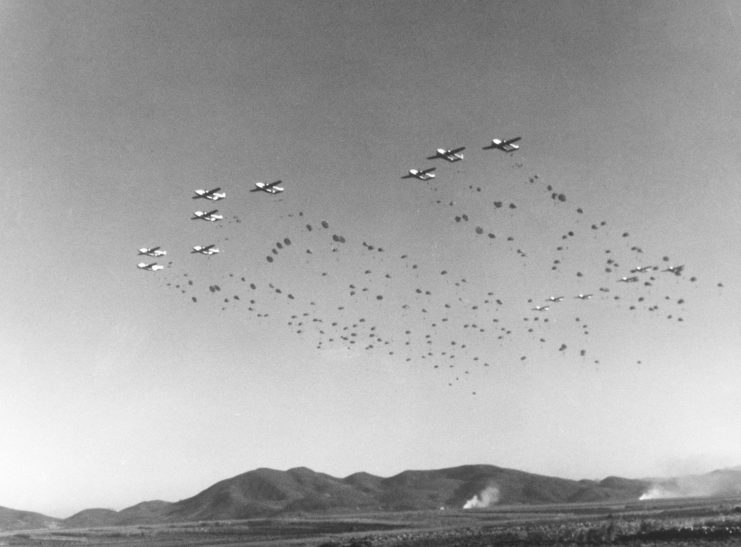
On February 28, 1951, the Rangers became attached to the 187th Airborne Regimental Combat Team (RCT) with the 4th Ranger Infantry Company. After undergoing extensive airborne training, they prepared for Operation Tomahawk.
Operation Tomahawk was the second half of Operation Courageous, designed to trap the PVA and members of the Korean People’s Army (KPA) between the Han and Imjin Rivers. The goal of Tomahawk was to drop the 187th Airborne RCT approximately 30KM north of the frontline, so they could cut off Chinese supplies and force a retreat.
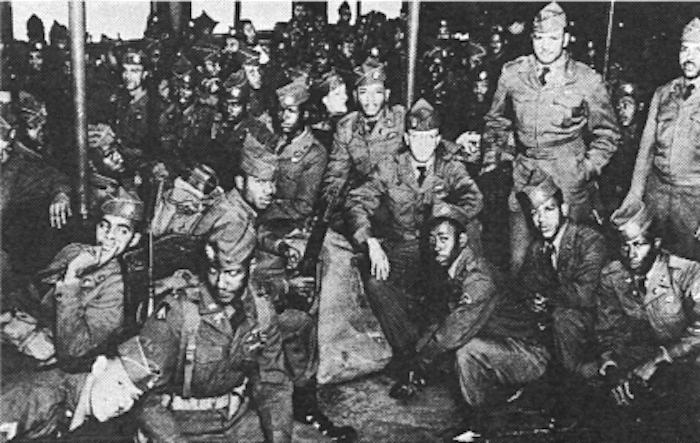
Following Tomahawk, the Buffalo Rangers were reattached to the 7th Infantry Division, this time to the 31st RCT. They spent a month training replacements, from which came the company’s first White member, medic Joe Russo.
Holding Hill 581 and later actions in Korea
While the Buffalo Rangers are best known for their actions during Operation Tomahawk, they also received praise for their efforts in holding Hill 581 when it came under attack by Chinese forces. The PVA was looking to take control of the hill, so they could fortify it and be in a better position to attack Hill 258.
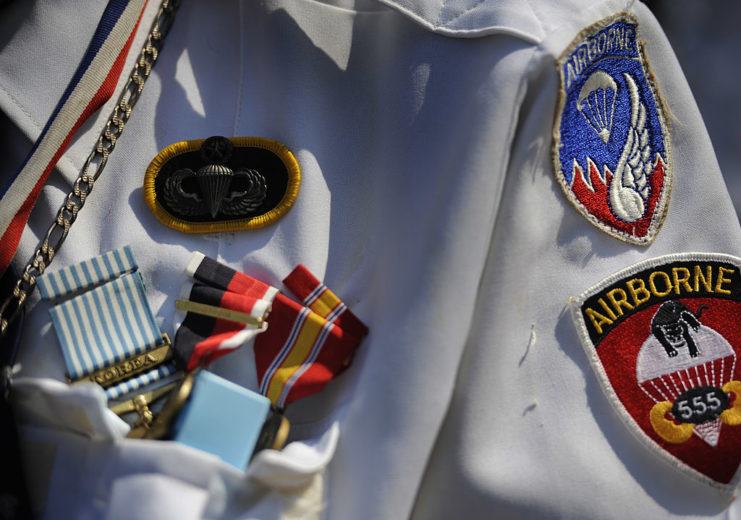
On May 17, 1951, the Rangers launched a sneak attack on the Chinese, supported by artillery fire. By 5:00 PM, they’d secured Hill 581. The PVA launched a counterattack with two battalions later that evening, but the Rangers managed to repel the advance with the aid of the 7th Infantry Division.
At 5:00 AM on May 18, the Rangers had retaken the hill. The Chinese gave up their advance nearly two hours later.
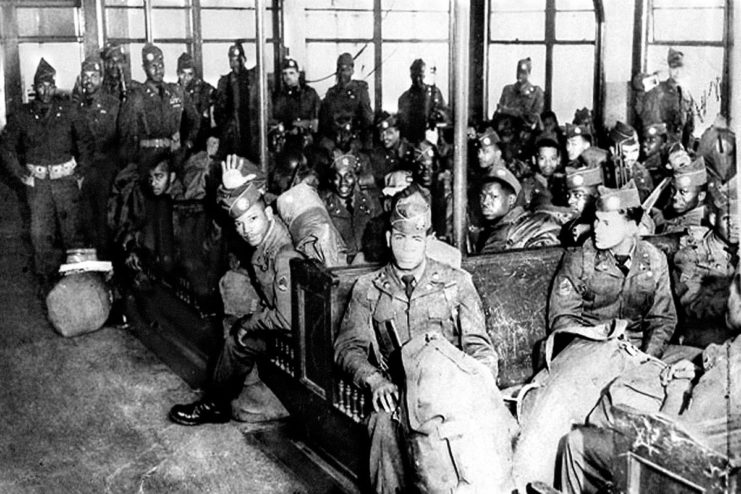
Following the fighting on Hill 581, the Rangers traveled east to relieve the 7th Marines. Over the course of three days, they conducted numerous search and destroy missions that culminated in an attack on Hill 545, which forced a PVA withdrawal.
During the summer of 1951, they were sent to the frontlines to continue pushing back the Chinese, and by June 1951 peace talks were underway in Panmunjom. To gain the UN a better position at the bargaining table, they and the 7th Infantry Division were sent into offensive operations north of the 38th parallel.
Disbandment of the Buffalo Rangers
With the need for offensive action in Korea diminishing, the US Army ordered on July 10, 1951, that all Ranger companies be deactivated. This included the 2nd Ranger Infantry Company (Airborne), which was disbanded – while in Korea – on August 1, 1951.
Following its disbandment, the company’s members were added to the 187th Airborne RCT, as it was believed their airborne skills could be of use. However, it turned out Operation Tomahawk had been the last airborne jumping mission of the conflict.
For their efforts during the Korean War, the Rangers received four campaign streamers, nine Silver Stars, 11 Bronze Stars, and 103 Purple Hearts.
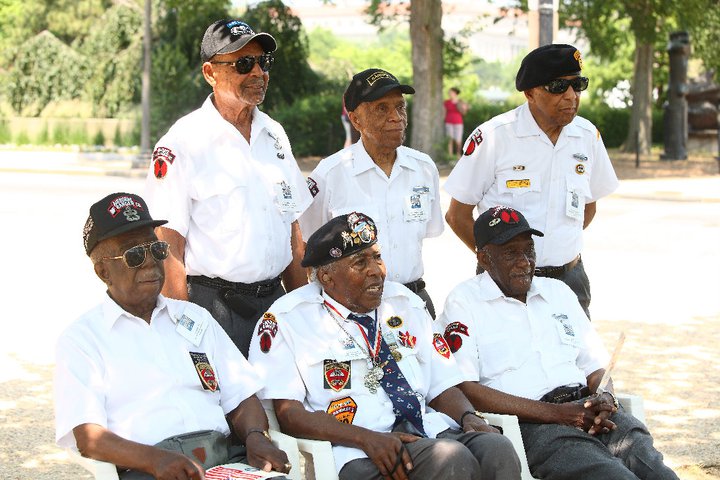
In 1955, the unit was designated A Company, 2nd Battalion, 75th Ranger Regiment, which continues to carry on its lineage to this day.
The post The Lasting Impact of the US Army’s Buffalo Rangers appeared first on warhistoryonline.
Post a Comment
0 Comments